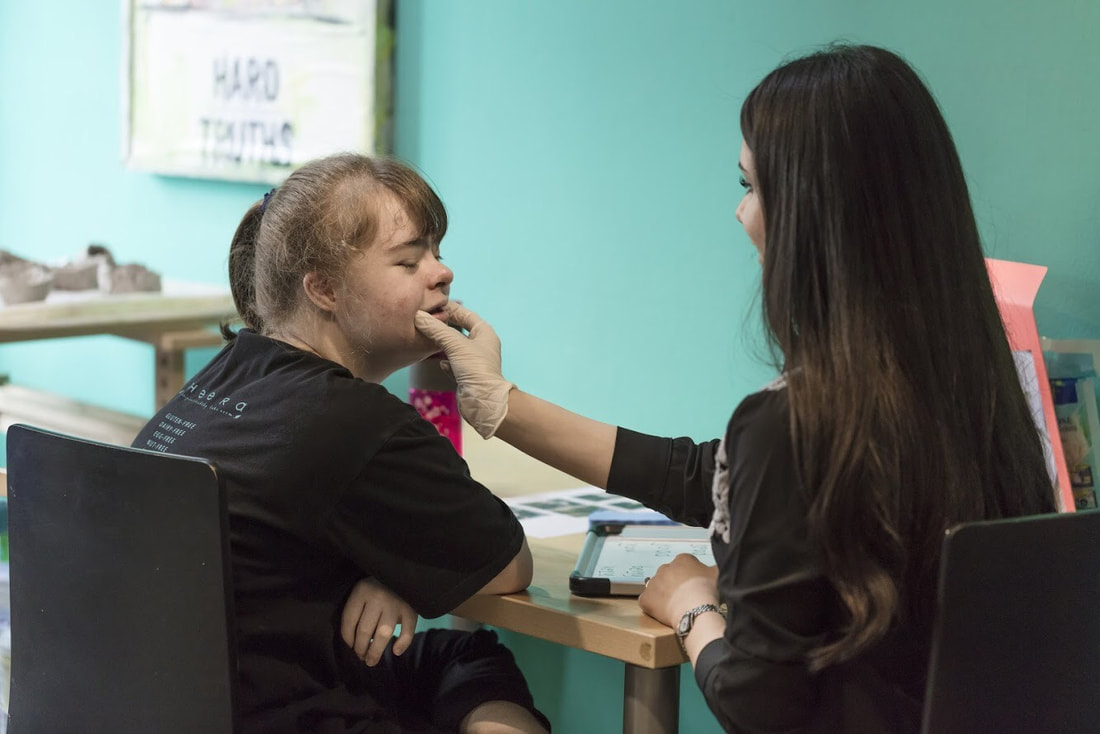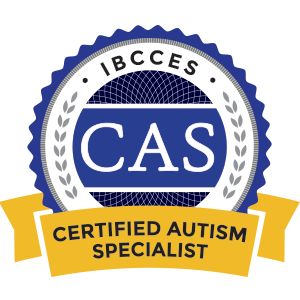|
Social communication skills play an important role in a child's life when it comes to making friends, completing classroom group activities and participating in team sports. However, some children require additional support to develop these skills. If this is the case for your child, below are 9 strategies that can help:
1. Face Your Child Facing your child when communicating with them will help your child develop better eye-contact. Conversation, reading books, and play-time are great examples of when you can practice face-to-face communication with your child [1]. 2. Make Objects Less Accessible Keep objects such as toys and books in sight but out of reach for your child. This will encourage your child to initiate communication. When your child is unable to reach the object they want, they will have an incentive to communicate their wants. Don’t give the object to your child until they use at least one of the following communication tools: words, sounds, eye contact, pointing or gestures. 3. Play Interactive Games Interactive games will teach your child how to take turns with objects when interacting with others. Board games, stacking blocks, and rolling balls are great examples of interactive games that allow you to practice turn-taking with your child. 4. Make Songs Interactive Make songs interactive to teach your child how to take turns with others during verbal interactions. Pick a nursery rhyme or song that your child enjoys singing and take turns singing parts of it with your child. Allow your child a turn by leaving blanks when singing the song (e.g. “twinkle, twinkle little ____, how I wonder what you ____”) [1]. 5. Wait...wait...and wait some more Most parents try to elicit communication from their child by asking them many questions. Instead, try waiting and see what happens. Contrary to what most people might think, children tend to communicate more when their communicative partner is quiet. When you wait, you give your child more opportunities to communicate. Also, try waiting for your child to ask for “more” or “help” during play [1]. 6. Make Playdates With Other Children The best way for your child to practice using their social communication skills is to be exposed to other children. By arranging play-dates for your child, you are providing them with many opportunities to interact with other children. 7. Show Your Child How If your child is struggling with a particular social communication skill, show them how. You can model this skill when interacting with others in front of your child, or you can role-play this skill with your child. For instance, if your child forgets to say hello to people, have your child pretend to walk into the room and then model “hello”. You can repeat this role-play and switch roles. 8. Tell Your Child Social Stories People remember information better when it is told in the form of a story compared to when the information is given as a series of facts. Scientific research has shown that this is because listening to a story activates more parts of the brain. Therefore, you can help to teach your child social communication skills by making up a relevant story. Your child will not only enjoy the story, but they are also more likely to remember it. 9. Use Pictures Many children are visual learners and respond much better to information presented in pictures compared to verbally. When possible, use pictures to support your child’s understanding of social communication skills. For instance, you can use pictures of a person waving with a speech bubble saying “hello” to teach your child how to greet others. That's all for this week... subscribe to my mailing list to be notified about all future articles! Speak soon, Expat Speechie © COPYRIGHT 2016. ALL RIGHTS RESERVED. I would like to acknowledge and thank the following reference: [1] Pepper, J., & Weitzman, E. (2004). It Takes Two To Talk. A Practical Guide For Parents Of Children With Language Delays (Fourth Edition). The Hanen Centre: Toronto, Ontario Comments are closed.
|
Welcome to my blog!
|






